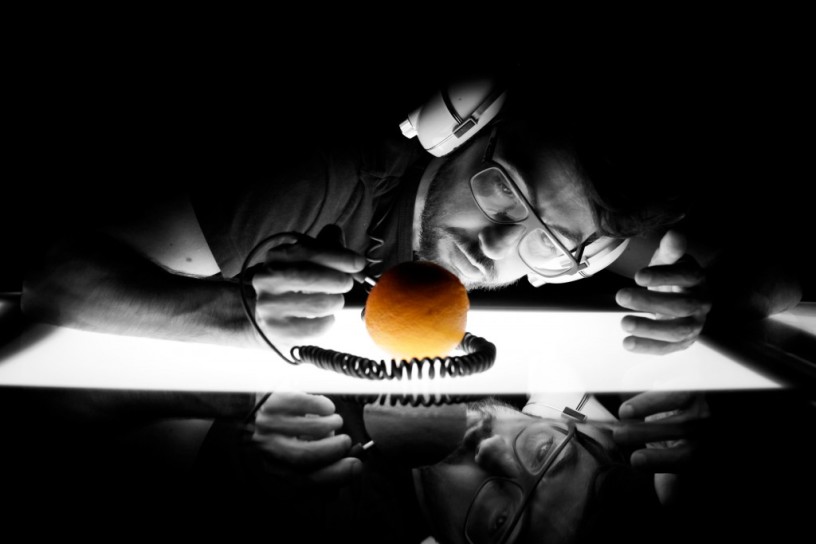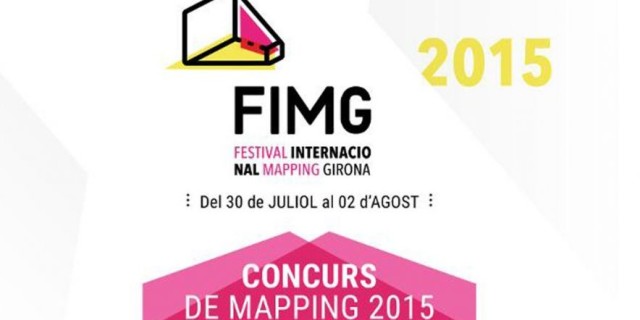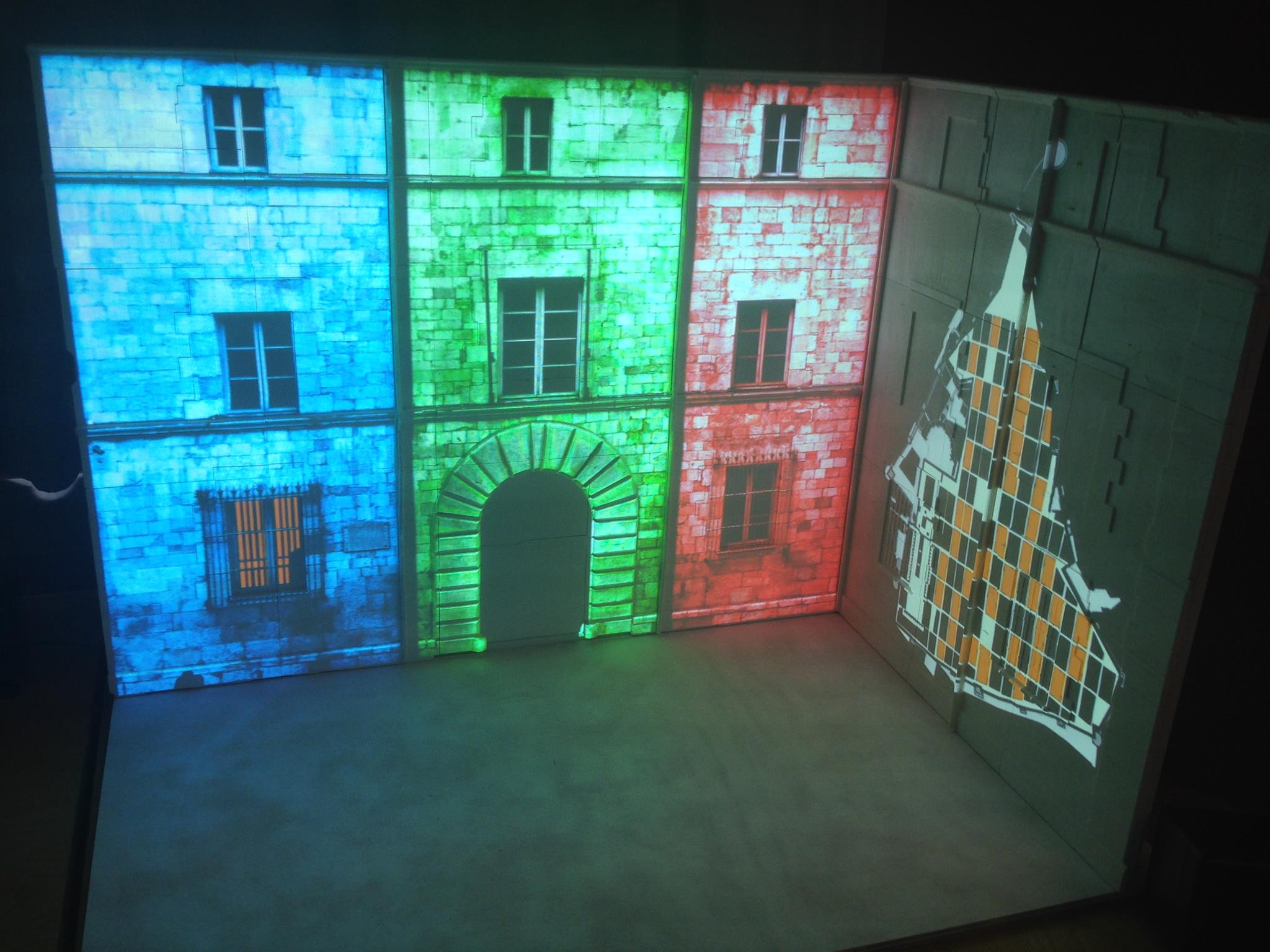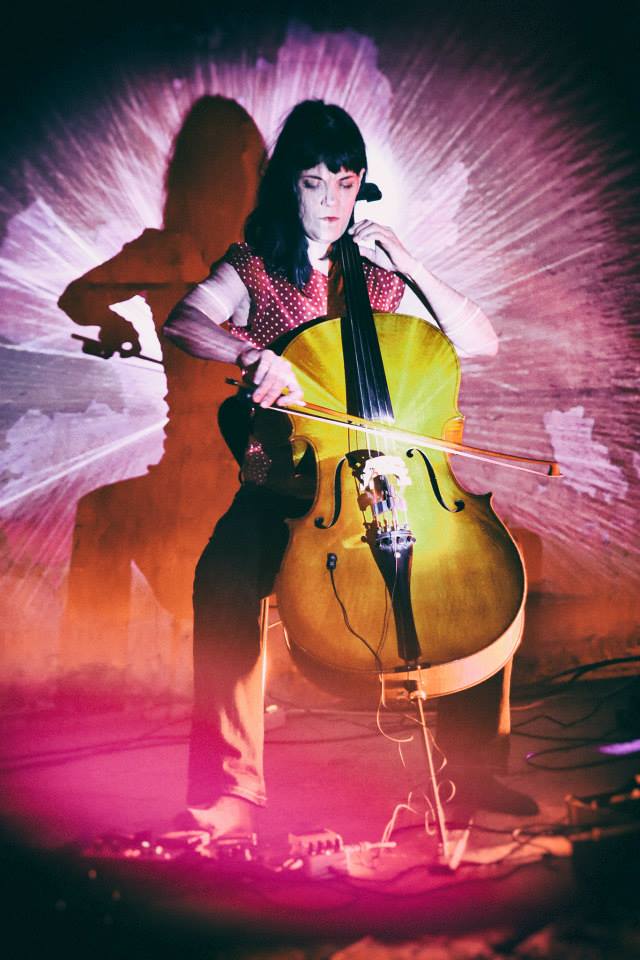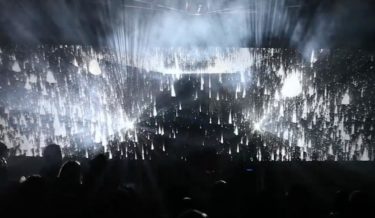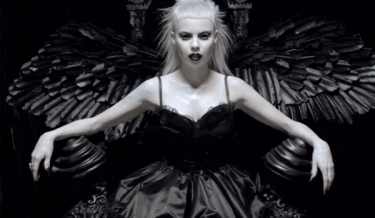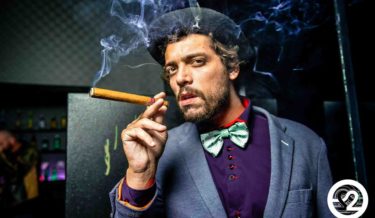Related post
Pure Joy Looks Like This Kaleidoscopic Light Installation
Mar 09, 2017
|
Comments Off on Pure Joy Looks Like This Kaleidoscopic Light Installation
2680
Lumen Interview: Vinícius Luz (VJZARIA):”To stay alive as a VJ!..”
Mar 19, 2015
|
Comments Off on Lumen Interview: Vinícius Luz (VJZARIA):”To stay alive as a VJ!..”
4508

